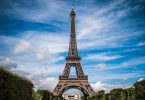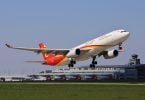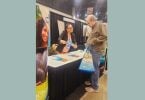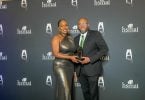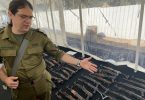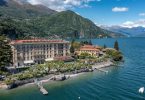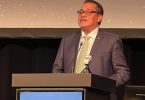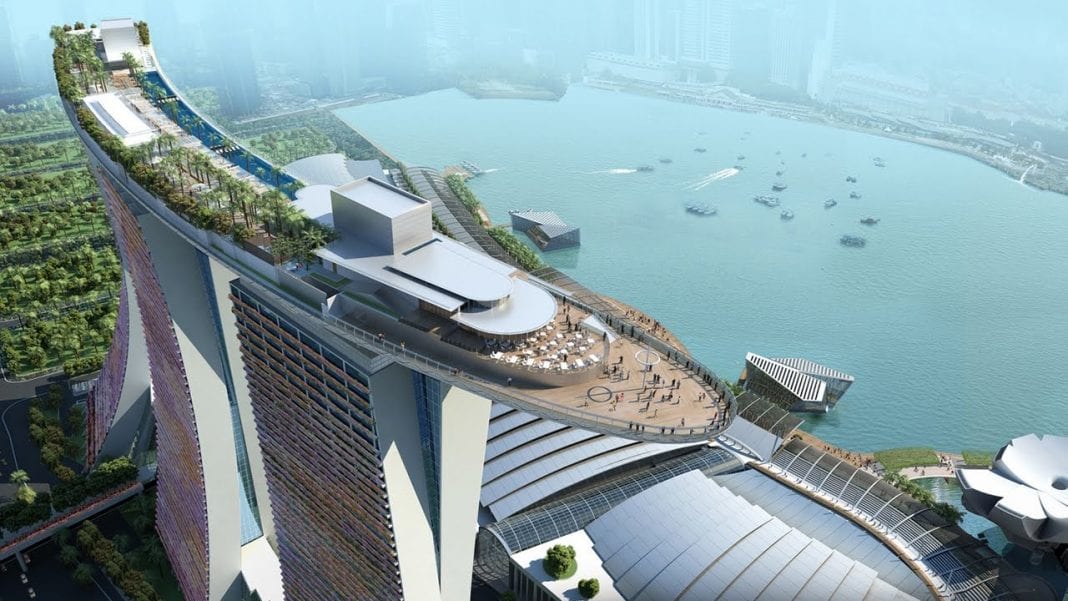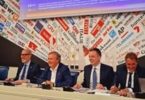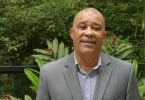Emmanuel Jal, peace activist, musician, and former Sudanese child soldier, brought the reality of conflict to the conference hall at the start of the 2012 Rotary World Symposium in Bangkok. Emmanuel, who was born in 1980 in southern Sudan, spoke graphically about how he came to be recruited as a child soldier.
Emmanuel was just seven years old when civil war broke out. His mother was killed by government soldiers and his father joined the rebels. Emmanuel, along with thousands of other abandoned children, fled to Ethiopia. They ended up becoming child soldiers with a consuming hatred of Muslims and Arabs who were responsible for atrocities against their families.
Emmanuel recounted his story to a packed room of Rotarians and others attending the symposium. He described how as young boys they fled into the bush to escape the intense fighting and many died of starvation. He was one of the few to survive. He recalled a time when he was so hungry he was even tempted to eat the rotting flesh of his comrade who had died next to him.
After a 3-month trek, Emmanuel was rescued by a British aid worker, Emma McCune, who helped him to get an education. Emmanuel was broken-hearted when Emma, his savior and mentor, was killed in a motor accident. Two of her friends helped him to move to Kenya where he completed his education and was drawn into peace work.
Emmanuel’s presentation set the framework for the panel discussion that followed on media and communication. I was moderator and speaker, and on the panel with me were Ali Eshraghi, an Iranian journalist, and Conor Fortune, a news writer with Amnesty International. Both Ali and Conor are Rotary Peace Fellows. Speaking from personal experience, Ali warned of the danger of journalists becoming activists:
“In Iran, we were hopeful about winning democracy. I realized we journalists were part of the story, became part of the conflict. We used to call ourselves reformist newspapers, which reflected bias against an authoritarian government, our line and vocabulary were not neutral. We were trying to defeat the other side.”
Ali said one of the biggest challenges was to convince Middle East colleagues about the need to be neutral. “We should be aware that we are biased people. This is not restricted to developing countries. Iran has an old tradition of journalism,” he said.
On Iran’s nuclear program Ali said he thought much of the news was biased. He said many journalists did not bother to check both sides of the story, to scrutinize facts or intelligence. In Ali’s view, much information was fed by intelligence agents, and journalists were too lazy to question.
Ali stated: “When western journalists travel to Iran, they will meet people with whom they share opinions. A lot of the news which emerged from Iran did not give a sense of the whole story.”
Conor Fortune saw himself as bridging the gap between journalists and NGOs. He noted a top-down change as media organizations were affected by budget cuts and the pressure of 24-hour news. He said there was more collaboration these days between the media and NGOs, which had the funds to fly journalists out to conflict zones. He cited several joint ventures which had won major media awards.
Conor referred to his own work on a campaign to ban cluster bombs. He took journalists to Laos, a country which has suffered most from the impact of cluster bombs; he was proud of his role in bringing the story to the attention of the world. He gave other instances of collaborations in South Sudan and Syria. This led to concern being expressed from the floor about the blurring of boundaries between PR work, NGOs, and journalism.
Allison Kwessel, a journalist now working with radiation victims of the leak a year ago at the Fukushima nuclear plant in Japan, said she had begun to question the behavior of the media. She said she came across victims who felt abandoned after the media rushed in and out immediately after the quake and tsunami. She complained that they took dramatic images without looking at the long-term effects of radiation and as a result failed to present the whole story.
Members of the audience expressed unease about links between the media and the military and the whole issue of embedded journalists. One journalist said he found the work he had done with NGOs the most satisfying. He expressed frustration at the difficulty in attracting funding for in-depth stories which were not necessarily “sexy.” A speaker from Burma was annoyed that in covering current changes in the country, international journalists were focusing mainly on the pro-democracy leader, Aung San Suu Kyi. He accused visiting journalists of compromising their neutrality by engaging with discredited Burmese generals in order to gain access to Burma.
The media debate was thought-provoking and questioned fundamental assumptions about the practice of journalism and its objectives. The peace symposium on the whole was an eye-opener since relatively little is known outside about Rotary’s humanitarian projects, such as the eradication of polio, malaria, poverty, illiteracy, pollution, and the global water shortage. Rotary’s Peace Centers Program, launched 10 years ago, is designed to provide future leaders with the skills and tools required to resolve conflicts and promote peace. Several well-known international figures are former Rotary Peace Fellows.
What was particularly inspiring was learning about cases where Rotary money had made a visible difference. We were told about funding for plastic surgery for victims of the civil war in Rwanda, where an estimated 3,000 people were so horribly disfigured that they dared not appear in public.
In Bangkok, Emmanuel Jal and the Liberian Nobel Laureate, Leymah Gbowee, another keynote speaker, communicated first-hand experiences of the full horrors of war. It was uplifting to see how they had emerged as inspiring figures spreading the message of peace. Emmanuel had a vivid way with words, “Peace is justice, equality, and freedom for all; when you leave your house you are back safely; when you have food.”
He also had clear views on how to deal with the conflict in his native Sudan.
“2.5 million people died in South Sudan because of wrong policies. If you have a headache and you keep taking the tablets without looking at the causes, this is the case with conflicts. If governments take the opportunity to listen to protesters, you might get change. The government needs to take the initiative and say we are one people – then we will have peace,” he said.
The presentations put a human face to news stories, and I came away from the Rotary Peace Symposium in Bangkok with fundamental questions about how the media covers conflict and how it can do better.




